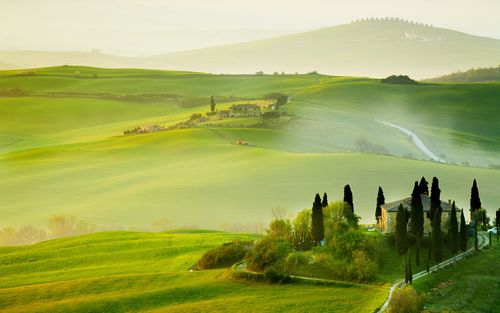From Swing to Sinatra: Exploring the Evolution of 40s Popular Culture
The 1940s stands out as a defining decade in the evolution of popular culture. From the music to the fashion, it was a time when new ideas emerged, and styles took shape. This era was characterized by a variety of art forms that ranged from Jazz to Broadway musicals and Hollywood movies. It was an exciting time to be alive, and there was always something happening. In this blog post, we will explore the evolution of popular culture during the 1940s.
The Golden Age of Swing Music
The 1940s was the golden age of Swing music. Swing music was characterized by the use of jazz rhythm sections, brass instruments, and woodwind instruments. This era saw the emergence of big bands, which were groups of musicians playing various instruments that included saxophones, trumpets, and trombones. These bands were led by famous musicians such as Duke Ellington, Benny Goodman, and Glenn Miller.
Swing music was popular during this time because it was full of life and energy. It was music that people could dance to, and it became a symbol of the youth culture that emerged during the decade.
The Birth of the Hollywood Musical
Another defining feature of the 1940s popular culture was the emergence of Hollywood musicals. Musicals were a reflection of the era’s optimism and hope. These movies were characterized by elaborate dance numbers, catchy tunes, and lavish sets. They provided an escape from the realities of the time and offered hope for a better future.
The most popular musical stars of the time included Bing Crosby, Judy Garland, and Frank Sinatra. Sinatra, in particular, became an iconic figure in Hollywood and was known for his distinctive voice and suave persona. He became the embodiment of the swing era’s culture, and his music remains popular to this day.
The Evolution of Fashion
The 1940s fashion was also undergoing a transformation. The war brought a change in clothing styles, and the impact was felt long after the war ended. Women’s fashion was characterized by short haircuts, wide-legged pants, and padded shoulders. The men, on the other hand, wore suits, fedoras, and trench coats.
The fashion trends of the 1940s reflected the changes that were happening in society at the time. The advent of the war had brought with it a sense of patriotism, and this was reflected in the fashion trends of the time.
Conclusion
The 1940s was a time of change, optimism, and hope. It was a decade that saw the emergence of new music styles such as swing music, the birth of Hollywood musicals, and the evolution of fashion. The culture of the 1940s has had a lasting impact on society and continues to inspire new ideas and trends even today.
(Note: Do you have knowledge or insights to share? Unlock new opportunities and expand your reach by joining our authors team. Click Registration to join us and share your expertise with our readers.)
Speech tips:
Please note that any statements involving politics will not be approved.
